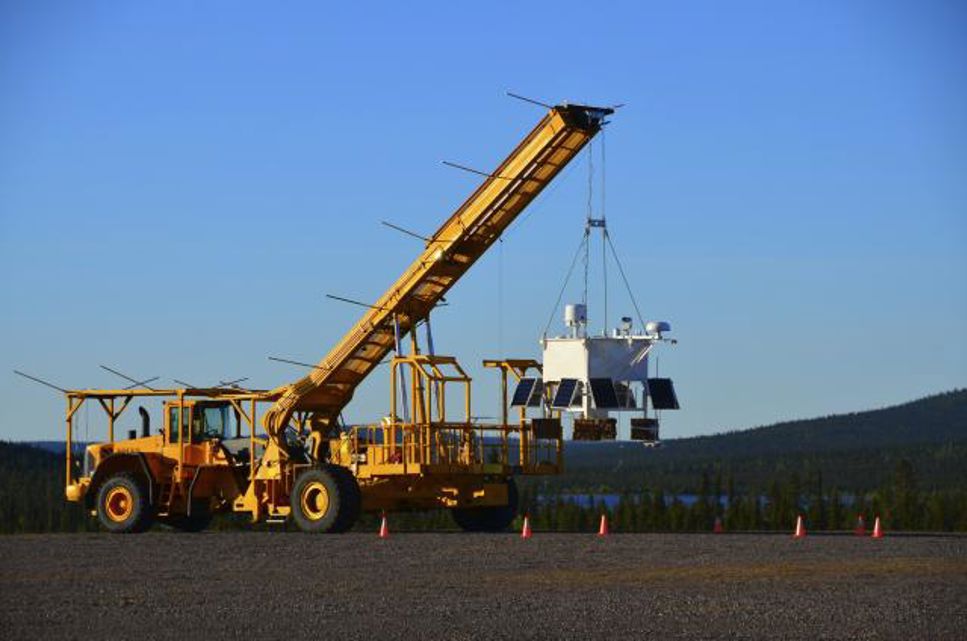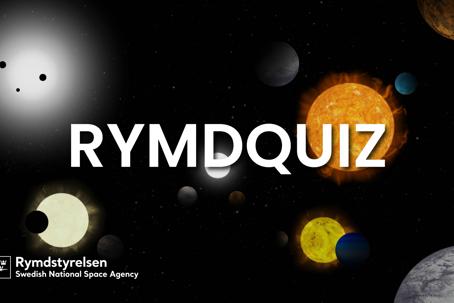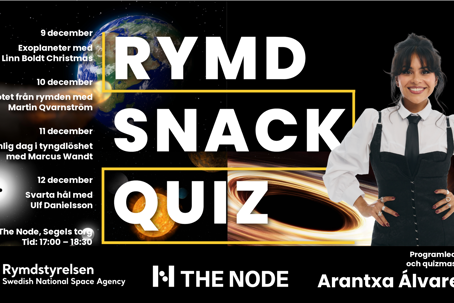Hello again,
In the early hours of this morning, there was a sudden flurry of activity on the Esrange balloon pad. Finally, weather conditions have improved sufficiently to allow the Esrange balloon launching programme for summer 2012 to start. First up is a NASA test balloon. This ‘super-pressure’ balloon is different from the one that PoGOLite will use. For a start, it’s smaller, but more importantly the balloon is sealed once it is filled with helium gas. This means that the ceiling altitude of the balloon remains far more stable during the day than a conventional ‘vented’ balloon which tends to sink during the cold night before rising again as the sun illuminates the balloon and thus warming that gas during the day. In order to control the maximum altitude so as not to stretch the balloon material too much, gas escapes from the balloon vents as it rises during the day. Such changes in altitude can to some extent be compensated for by dropping ballast, but there is a limit on how much ballast can be carried (PoGOLite carries about 500 kg!). These changes in altitude are a nuisance for an astrophysics experiment where the goal is to have as little atmosphere as possible between the telescope and the observation target on the sky.
Once perfected, this ‘super-pressure’ technique will provide an extremely important step-forward in scientific ballooning. Super-pressure balloons require much stronger (but still very light!) materials compared to standard non-pressurised types and optimising the balloon design is a challenge. A few years of development remain until a telescope of the size of PoGOLite will be able to take advantage of this new technique - something that I am very much looking forward to.
Unfortunately, the launch was cancelled at around 0900 local time. The wind changed direction during the morning and the surface wind speed was higher than expected. Very disappointing for our NASA colleagues on their National Day, but also for us since PoGOLite is next in line. Scientific ballooning requires patience!
More soon,
-Mark
Bloggen
Gästbloggare: Senaste från Esrange och PoGOLite






